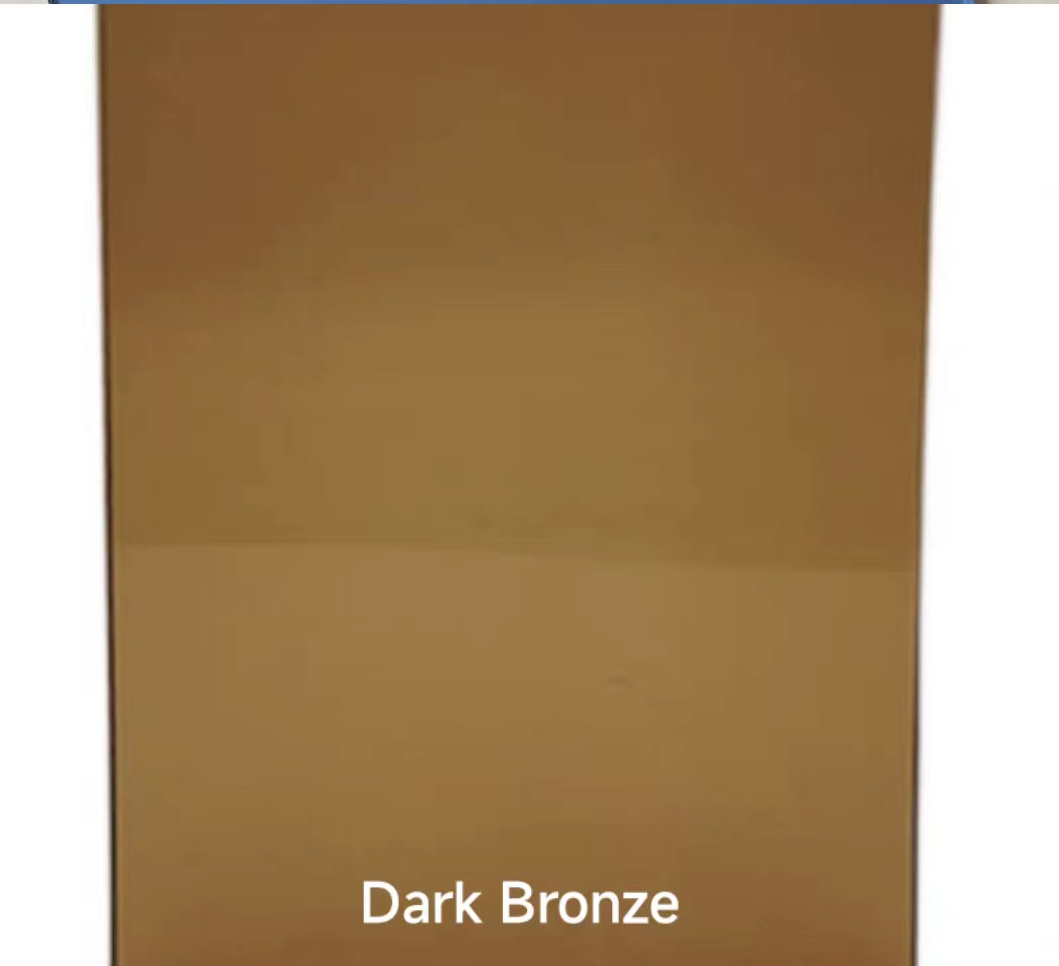

The Process of Acid Etched Glass A Comprehensive Overview
Acid etched glass has become a popular choice in modern design, appreciated for its elegant appearance and unique texture. The process involves a sophisticated technique that creates a frosted effect on the surface of the glass using acid. This article offers a detailed exploration of acid etched glass, including its process, applications, and benefits.
Understanding Acid Etching
Acid etching is a method that involves applying an acid solution to the surface of glass to create a translucent appearance. The most commonly used acids for this purpose are hydrofluoric acid or a mixture of phosphoric and sulfuric acids. When the acid comes in contact with the glass surface, it reacts chemically with the silica in the glass, eroding the surface and creating a satin-like finish.
The Acid Etching Process
The process of acid etching glass involves several key steps
1. Preparation of the Glass Surface The first step is to clean the glass thoroughly to remove any dust, oils, or residues. This ensures an even etching process and prevents imperfections from forming on the surface.
2. Masking For designs or selective etching, a mask is applied. This can be done using vinyl film, tape, or other materials to protect areas of the glass that should remain clear. The mask can be cut into intricate designs or patterns, allowing for customized effects.
3. Application of Acid Once the glass is prepared and masked, the acid solution is applied. This can be done using a brush, spray, or immersion in a bath of acid. The duration of exposure to the acid determines the depth of the etching; longer exposure results in a frosted effect that is more pronounced.

4. Neutralization and Cleaning After the etching process, the glass must be neutralized to stop the acid reaction. This is typically done by rinsing the glass with a solution of water and baking soda. Thorough cleaning follows to remove any remnants of acid and ensure a smooth finish.
5. Final Inspection Once cleaned, the glass is examined for quality. This step is crucial to ensure that the desired effect is achieved and that there are no defects on the surface.
Applications of Acid Etched Glass
Acid etched glass is widely utilized in various applications due to its aesthetic and functional properties. It is commonly used in residential and commercial settings for
- Decorative Panels Acid etched glass can serve as stunning dividers, providing privacy while allowing light to filter through. - Shower Doors The frosted nature of etched glass makes it an ideal choice for shower enclosures, providing both privacy and a stylish look. - Building Facades Architecturally, acid etched glass is used to enhance the exterior of buildings, giving them a modern and refined appearance. - Interior Design Elements From glass tabletops to cabinet doors, acid etched glass is utilized in a myriad of interior design applications, adding a unique touch to any space.
Benefits of Acid Etched Glass
The appeal of acid etched glass lies not only in its beauty but also in its functionality. Some benefits include
- Privacy The opaque quality of acid etched glass offers a greater level of privacy compared to clear glass, making it suitable for various spaces. - Durability Acid etched surfaces are generally more resistant to scratches compared to painted or sprayed finishes, ensuring longevity. - Ease of Maintenance Acid etched glass is relatively easy to clean and maintain, as dirt and fingerprints are less visible than on clear glass.
In conclusion, acid etched glass is a versatile and attractive option in contemporary design. Its unique process creates visually stunning effects that enhance both residential and commercial spaces, blending aesthetics with practicality. As demand for innovative design solutions continues to grow, acid etched glass will likely remain a preferred choice for architects and homeowners alike.